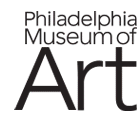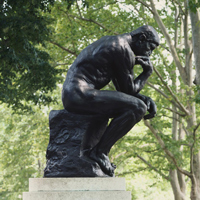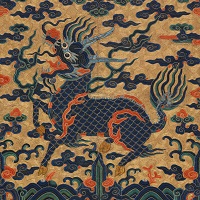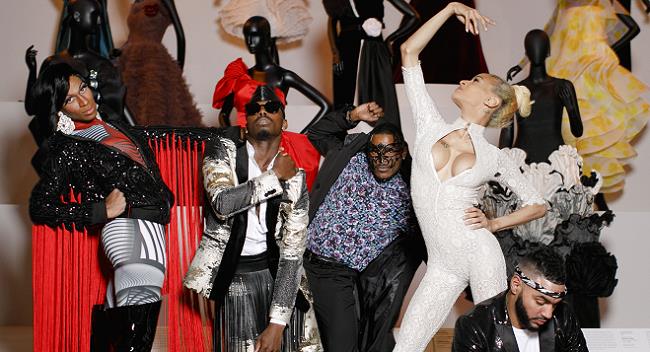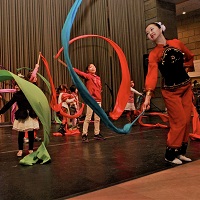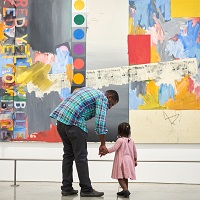PHILADELPHIA – Opening February 23, Ancient Egypt: From Discovery to Display provides visitors a once-in-a-lifetime opportunity to walk in the shoes of an archaeologist. Explore the journey artifacts take on their way to museum display, from excavation to conservation to storage and research. More than 200 fascinating objects, many of which have never been on view before, are included throughout the three-part, 6,000-square-foot exhibition. Eventually, these objects will become a part of the re-envisioned Ancient Egypt and Nubia Galleries, a much-anticipated cornerstone of the Museum’s Building Transformation.

“Unlike most exhibitions about ancient Egypt, Ancient Egypt: From Discovery to Display provides an insider’s look into how objects are excavated, conserved, and stored—treating visitors to a unique experience of the Museum’s world-renowned Egyptian collection as we prepare for the renewal of the full Ancient Egypt and Nubia galleries,” says Dr. Jennifer Houser Wegner, exhibition curator.
In the exhibition’s first stop, visitors are introduced to what life was like in ancient Egypt through objects representing gods, royalty, and everyday individuals. Highlights include a wooden stela (memorial sculpture) from 662–525 BCE that honors two versions of a sun god and a life-sized memorial statue depicting the overseer of priests. But, then, visitors begin to “peel back the layers,” as they follow artifacts through their journeys—in reverse.
In the second gallery, Museum-goers will get a closer look at breathtaking artifacts from the Old Kingdom, also known as the “Age of the Pyramids,” starting in 2613 BCE, through the time of Cleopatra’s death in 30 BCE. Objects in this “visible storage” section include two magical model boats (a sailboat and a rowboat) featured in the critically-acclaimed Smithsonian book History of the World in 1,000 Objects, a stunning turquoise-colored glazed ceramic ware necklace, the 2,000-year-old mummy of a young woman, and a child mummy that was recently CT scanned in partnership with the Children’s Hospital of Philadelphia (CHOP).
The final gallery, also known as the highly-popular Artifact Lab, will provide visitors with an opportunity to learn more about excavation and to observe conservators in action as they work to preserve Egyptian artifacts, including the mummy of a 40-year-old named Hapi-Men and his dog, exquisite gold jewelry worn by the ancient Egyptians, and an intricate model of the throne room of the Palace of Merenptah (the 13th son of Ramesses II), the columns and portals of which will be erected at full height in the Ancient Egypt and Nubia galleries. They’ll also be able to ask questions of the conservators during “Open Window” timeframes: Tuesdays through Fridays from 11–11:30 a.m. and 1:30–2 p.m., and Saturdays and Sundays from 12–12:30 p.m. and 3–3:30 p.m.
Ancient Egypt: From Discovery to Display invites visitors to see more than 200 Egyptian objects spanning a period of nearly 2,600 years in an unprecedented context, providing a sneak preview into what will be a crowning jewel in the Museum’s extensive Building Transformation project, the Ancient Egypt and Nubia Galleries.
About the Penn Museum
Since 1887, the Museum has transformed understanding of the human experience. Dedicated to ongoing cross-cultural discovery, the Museum’s exhibitions and events welcome everyone to uncover the mystery of the ancient past and find one’s own place in the arc of human history. For more information, visit  penn.museum or call 215.898.4000.
penn.museum or call 215.898.4000.







